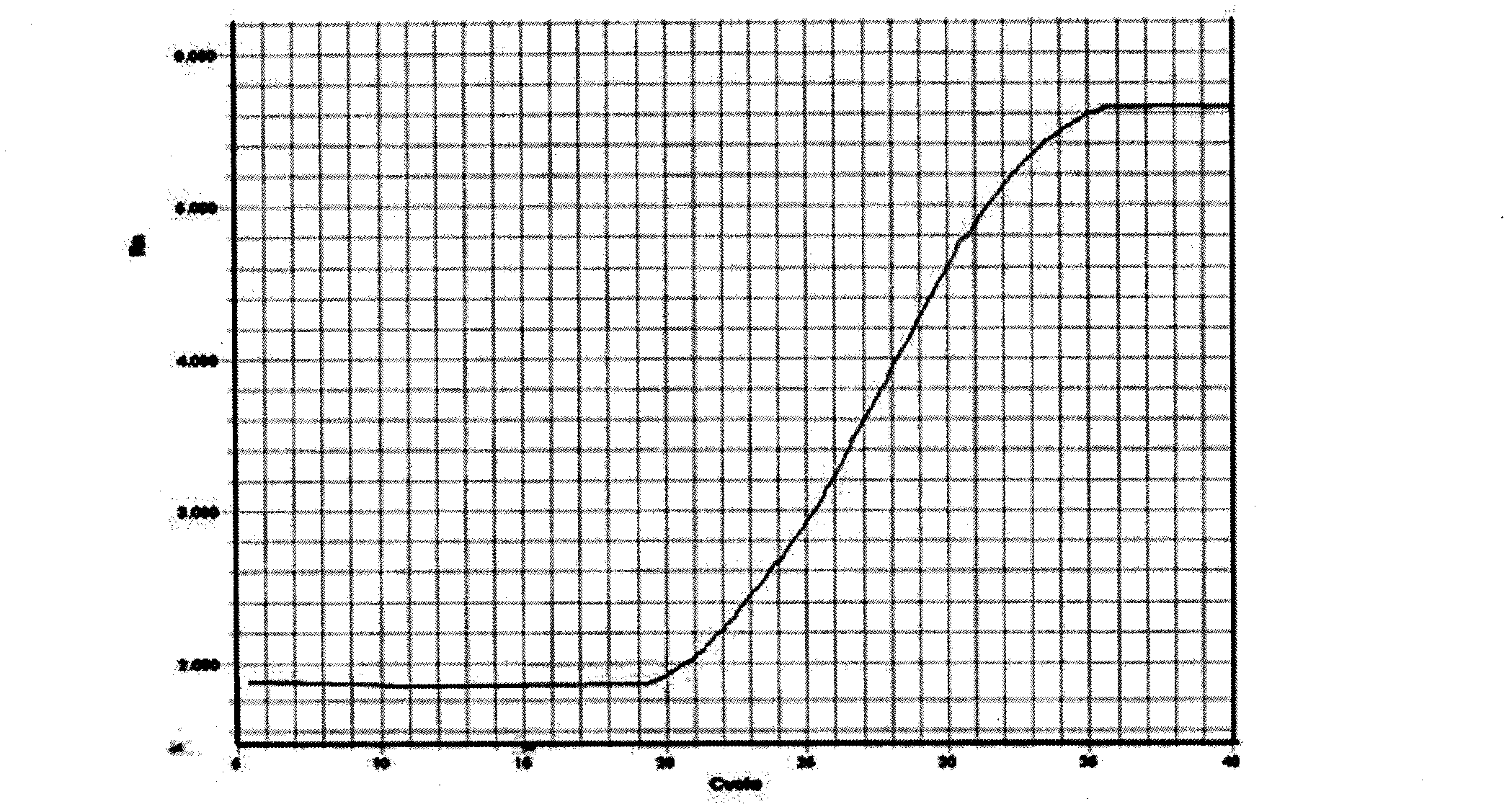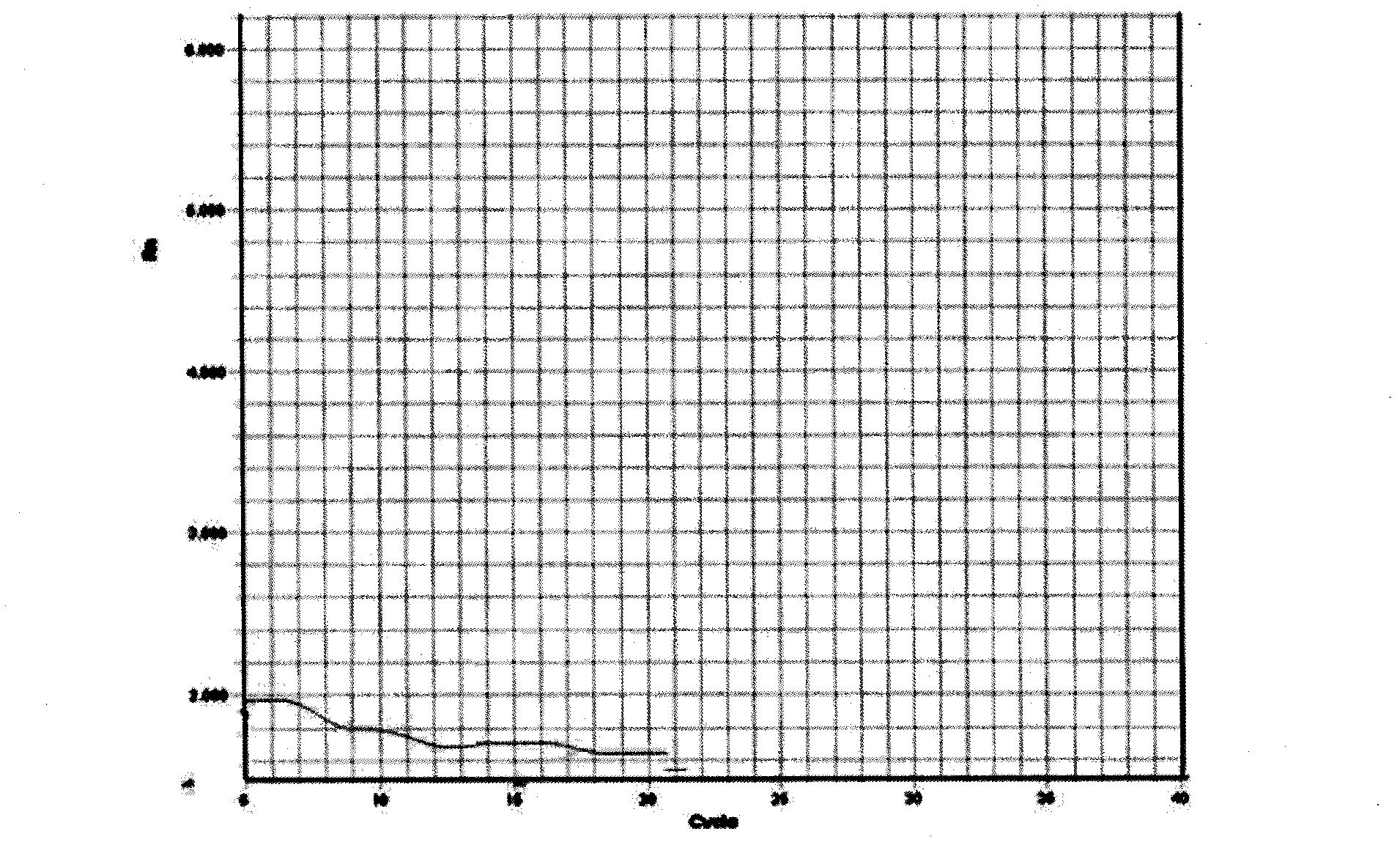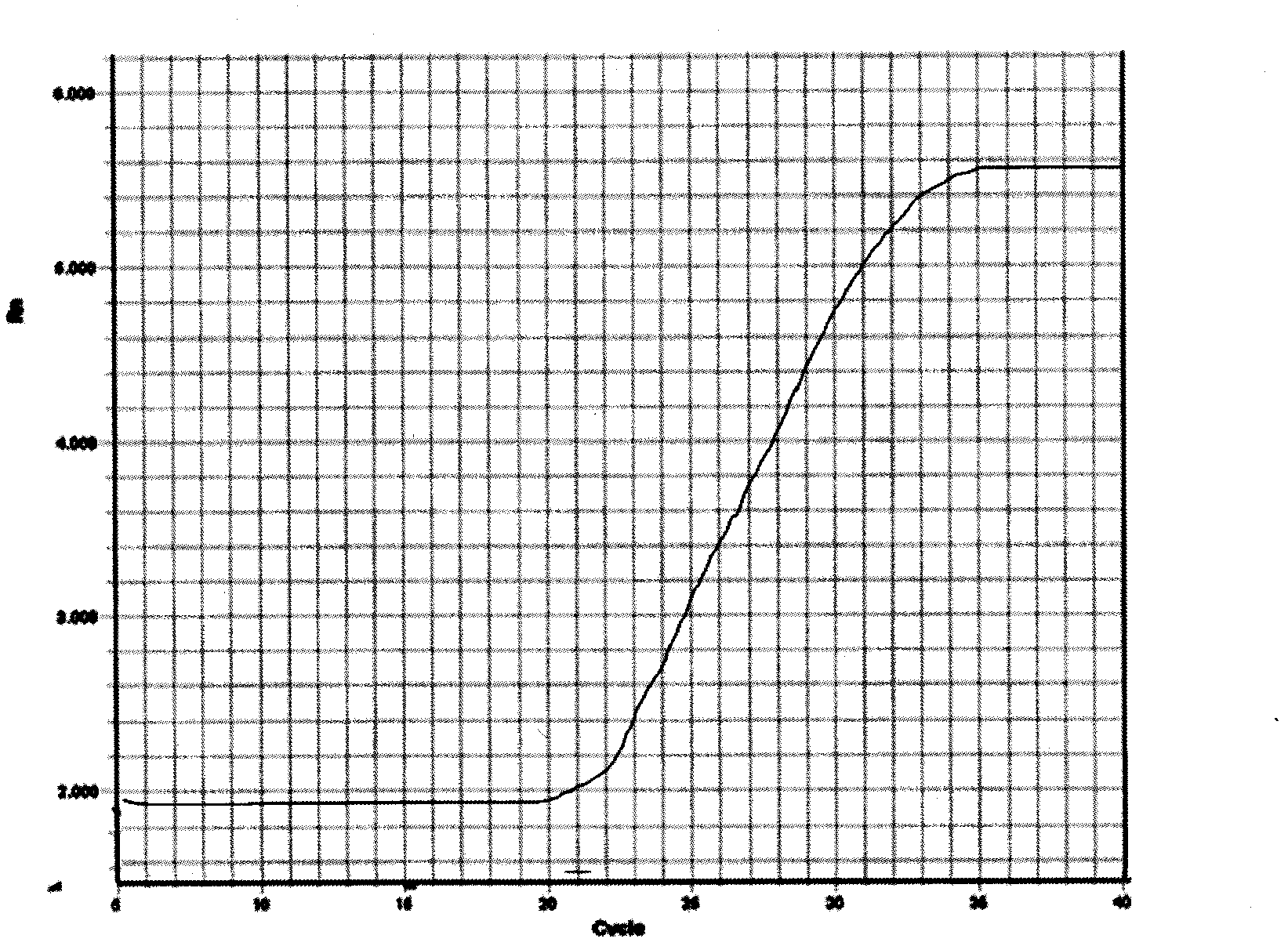Primers and method for detecting merA gene in multidrug-resistant pseudomonas aeruginosa (MDRPA)
A detection primer and gene detection technology, applied in the field of molecular biology, can solve the problems of cumbersome sequencing technology steps, low sensitivity, and easy contamination, and achieve the effects of preventing bacterial strains from continuing to be popular, high resolution, and high detection rate
- Summary
- Abstract
- Description
- Claims
- Application Information
AI Technical Summary
Problems solved by technology
Method used
Image
Examples
Embodiment
[0023] 1. Prepare a set of primers for detecting merA gene carrying in MDRPA by solid-phase phosphoramidite triester method, including:
[0024] merA gene forward primer: 5'-cgagcaacccgaacatctac-3';
[0025] merA gene reverse primer: 5'-acttgcggatcggtgaac-3'.
[0026] 2. Detection method:
[0027] (1) Take the clinical sample isolates identified as positive for multidrug-resistant Pseudomonas aeruginosa after culture, inactivate them at high temperature, and use a commercial bacterial genomic DNA magnetic bead extraction kit (Shenzhen Yirui Biotechnology Co., Ltd., YP03002 ) to extract sample DNA, dilute to 30ul (concentration 10ng / ul), store at -20°C, and wait for use; Number: 27853), high-temperature inactivation, extract sample DNA with a commercial bacterial genomic DNA magnetic bead extraction kit (Shenzhen Yirui Biotechnology Co., Ltd., YP03002), dilute to 30ul (concentration 10ng / ul), as a negative control ; artificially synthesized merA sequence (synthesized by Sha...
PUM
 Login to View More
Login to View More Abstract
Description
Claims
Application Information
 Login to View More
Login to View More - R&D
- Intellectual Property
- Life Sciences
- Materials
- Tech Scout
- Unparalleled Data Quality
- Higher Quality Content
- 60% Fewer Hallucinations
Browse by: Latest US Patents, China's latest patents, Technical Efficacy Thesaurus, Application Domain, Technology Topic, Popular Technical Reports.
© 2025 PatSnap. All rights reserved.Legal|Privacy policy|Modern Slavery Act Transparency Statement|Sitemap|About US| Contact US: help@patsnap.com



